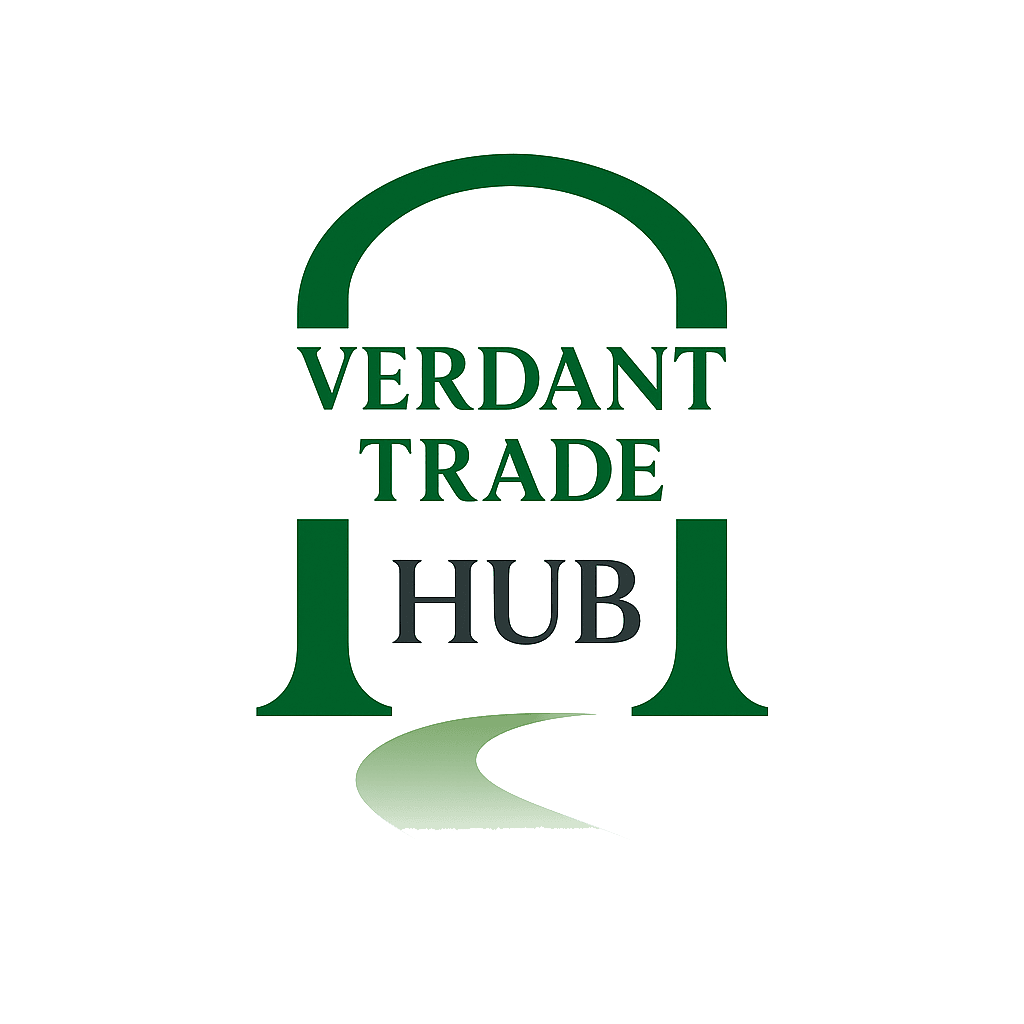Navigating the Coffee Trade: Key Insights for European Buyers
Understanding the European Coffee Market
The coffee trade is a dynamic and complex global industry, with Europe standing as one of its largest consumers. For European buyers, understanding the nuances of this market is essential. The demand for high-quality, ethically sourced, and sustainable coffee has been on the rise, reflecting a shift in consumer preferences towards more conscious consumption.
European coffee consumption patterns vary significantly across countries. For instance, Nordic countries are known for their high per capita coffee consumption, while Southern European nations prefer espresso-based beverages. Recognizing these differences can help buyers tailor their offerings to meet specific market needs.

Key Players in the Coffee Supply Chain
The coffee supply chain is intricate, involving numerous stakeholders from farmers to exporters, importers, roasters, and retailers. For European buyers, establishing strong relationships with reliable suppliers is critical. Direct trade models are gaining popularity as they offer more transparency and often result in better prices for farmers.
Building a robust network of contacts within the coffee trade can provide buyers with competitive advantages. This includes sourcing from regions known for their unique flavor profiles such as Ethiopia for its floral notes or Colombia for its balanced acidity.
Sustainability and Ethical Sourcing
Sustainability has become a cornerstone of the coffee industry. European buyers are increasingly prioritizing coffees that adhere to ethical sourcing practices. Certifications like Fair Trade, Rainforest Alliance, and organic labels assure consumers of the product’s sustainable origins.

Investing in sustainable practices not only supports environmental conservation but also enhances brand reputation. Coffee businesses that champion sustainability often enjoy heightened customer loyalty and increased market share.
Quality Control and Standards
Quality control is paramount in the coffee trade. European buyers should implement rigorous quality assurance processes to ensure consistency. This involves cupping sessions to evaluate flavor profiles, aroma, and overall taste quality.
Adhering to European food safety standards is non-negotiable. Buyers must ensure that all imported coffee complies with these regulations to avoid legal issues and maintain consumer trust.

Navigating Price Fluctuations
Coffee prices are subject to volatility due to factors such as climate change, political instability in coffee-producing regions, and global economic conditions. European buyers need to stay informed about these factors to manage risks effectively.
- Engaging in futures contracts can help stabilize prices.
- Diversifying sourcing locations can mitigate the impact of regional disruptions.
- Building reserves during periods of low prices can ensure supply continuity.
The Future of Coffee Trading
The future of coffee trading in Europe looks promising yet challenging. Technological advancements such as blockchain are being explored to enhance traceability and transparency in the supply chain. Buyers who leverage these innovations stand to gain a competitive edge.
As consumer preferences continue to evolve, European buyers must remain agile and responsive to new trends. By focusing on quality, sustainability, and ethical practices, they can navigate the complexities of the coffee trade and thrive in this vibrant market.
